- Home
- Articles
- Architectural Portfolio
- Architectral Presentation
- Inspirational Stories
- Architecture News
- Visualization
- BIM Industry
- Facade Design
- Parametric Design
- Career
- Landscape Architecture
- Construction
- Artificial Intelligence
- Sketching
- Design Softwares
- Diagrams
- Writing
- Architectural Tips
- Sustainability
- Courses
- Concept
- Technology
- History & Heritage
- Future of Architecture
- Guides & How-To
- Art & Culture
- Projects
- Interior Design
- Competitions
- Jobs
- Store
- Tools
- More
- Home
- Articles
- Architectural Portfolio
- Architectral Presentation
- Inspirational Stories
- Architecture News
- Visualization
- BIM Industry
- Facade Design
- Parametric Design
- Career
- Landscape Architecture
- Construction
- Artificial Intelligence
- Sketching
- Design Softwares
- Diagrams
- Writing
- Architectural Tips
- Sustainability
- Courses
- Concept
- Technology
- History & Heritage
- Future of Architecture
- Guides & How-To
- Art & Culture
- Projects
- Interior Design
- Competitions
- Jobs
- Store
- Tools
- More
Exploring Architectural Design Through a Feminist Lens: Empowering Inclusive Spaces
Explore the transformative power of architectural design through a feminist lens in our latest article. Discover how feminist theories can reshape public and private spaces, challenge gender norms, and promote inclusivity. We delve into historical contexts, influential figures, and innovative projects that prioritize equity and accessibility.

As we navigate the intersection of architecture and feminism, it’s clear that design isn’t just about aesthetics—it’s a powerful tool for social change. By examining architectural practices through a feminist lens, we uncover how space influences our daily lives and reflects societal values. This perspective challenges traditional norms and invites us to rethink who gets to shape our built environment.
In this exploration, we’ll delve into the ways feminist theories can inform architectural design, emphasizing inclusivity and representation. From the layout of public spaces to the design of private homes, we’ll see how a feminist approach can create environments that empower all individuals, not just a select few. Join us as we redefine architecture and advocate for a more equitable future.

Table of Contents
ToggleUnderstanding Feminist Perspectives in Architecture
Feminist perspectives offer a critical lens in architecture, enriching our understanding of spatial dynamics. By examining historical context and key theoretical frameworks, we can appreciate the nuances shaping architectural practices today.
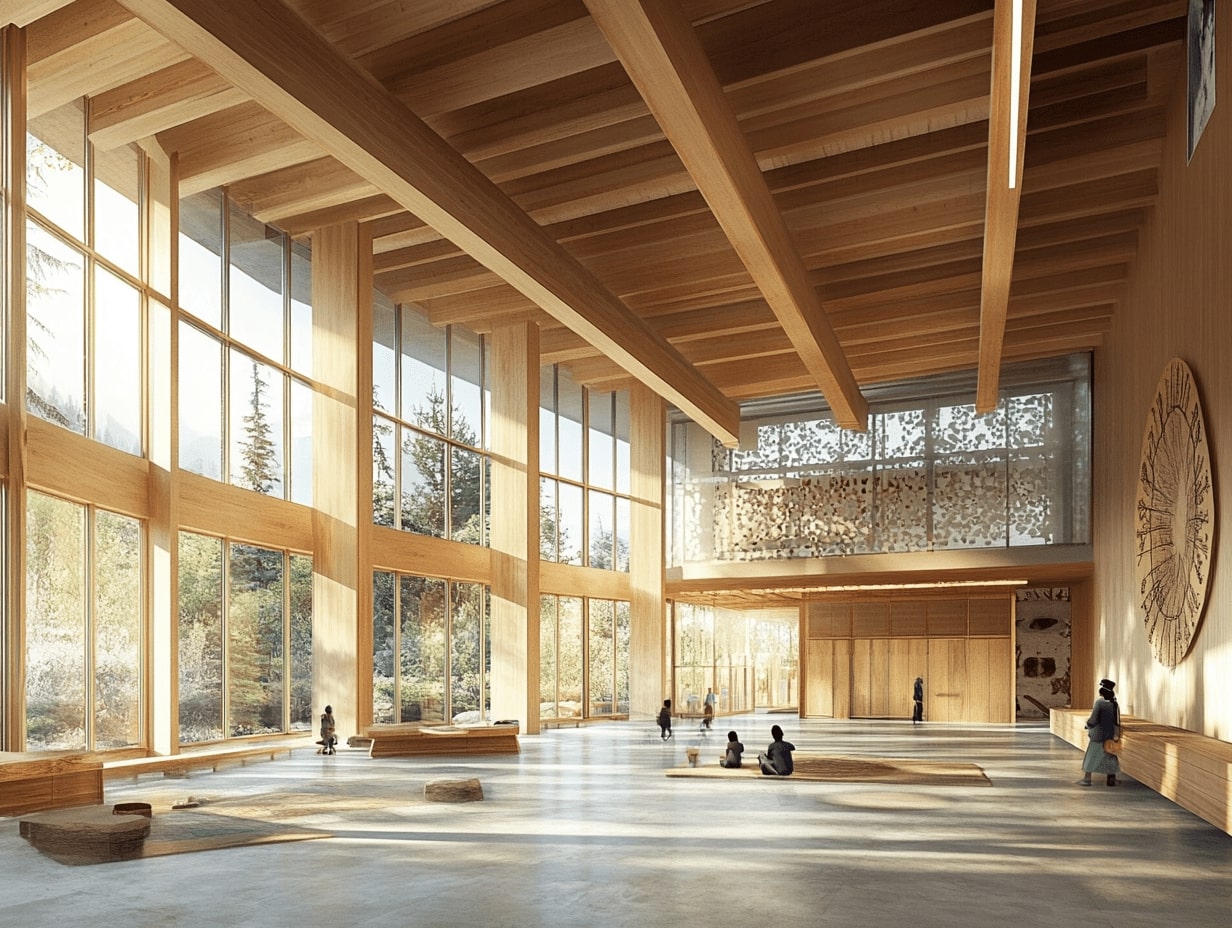
Historical Context
Historical context reveals how architecture has often reinforced gender norms and inequalities. Notably, the contributions of women in architecture have frequently gone unrecognized. The integration of women’s experiences in design often reflects social and cultural shifts, illustrating architecture’s role in promoting or hindering gender equality. In the mid-20th century, figures like Rachel Carson and Charlotte Perkins Gilman highlighted the connection between domestic spaces and women’s lives, urging architects to consider how spatial design impacts women’s agency. Recognizing these historical contributions allows us to challenge existing narratives and advocate for more inclusive practices.
Key Theoretical Frameworks
Key theoretical frameworks inform feminist architectural critiques and methodologies. We examine essential theories, such as gender studies, post-colonialism, and critical race theory. Gender studies focus on how spatial arrangements privilege certain identities, leading to inequitable access. Post-colonialism critiques how colonial histories shape architectural legacies, underscoring the need for culturally sensitive designs. Critical race theory interrogates how built environments perpetuate systemic racism, prompting architects to create spaces that foster diversity and inclusion. Together, these frameworks guide us toward a more equitable architectural landscape, emphasizing collaboration and representation in the design process.
The Role of Gender in Architectural Design
Gender plays a crucial role in shaping architectural design, influencing how spaces are perceived and utilized. By examining these influences, we gain insights into creating environments that reflect diverse experiences and promote equality.
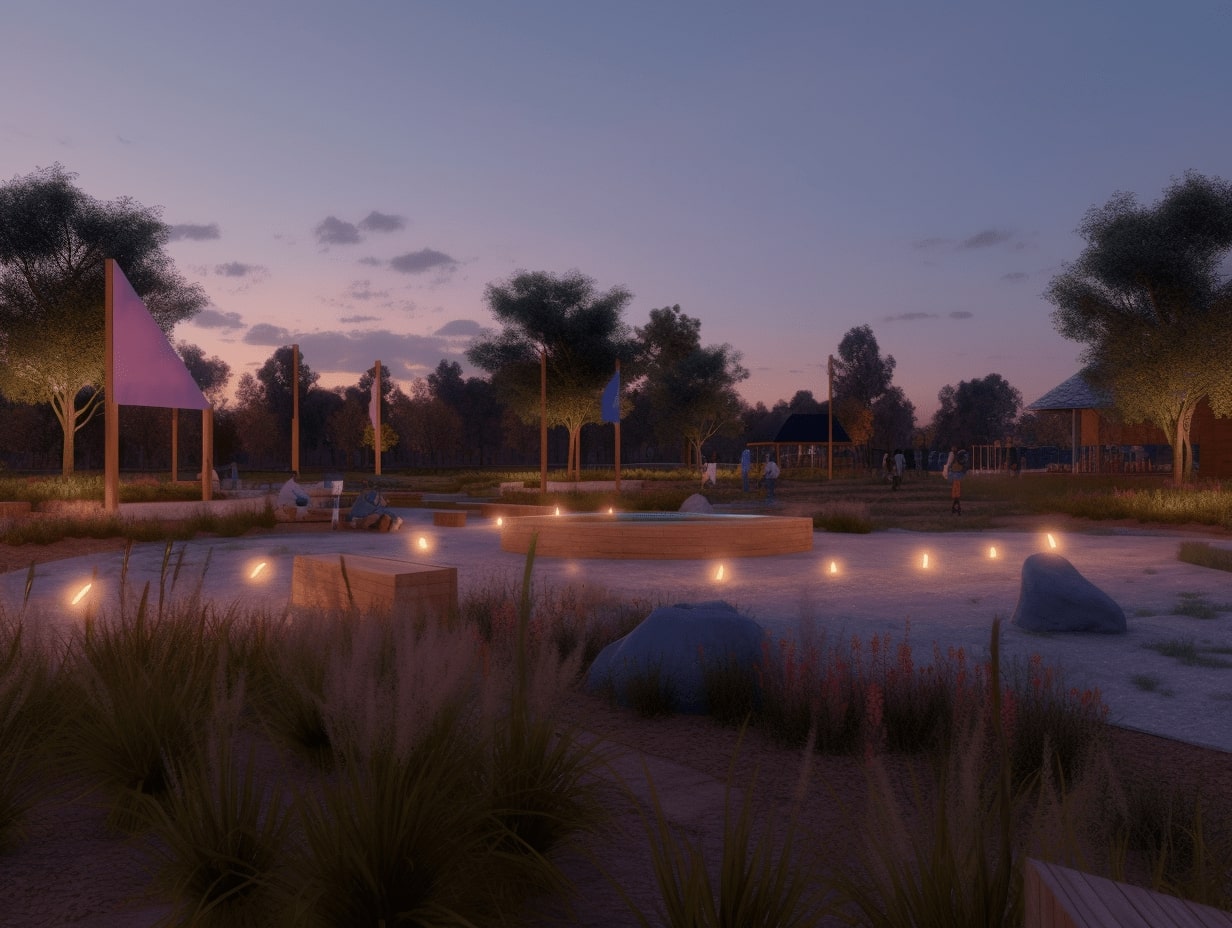
Gendered Spaces
Gendered spaces often reinforce societal norms, dictating how and who can occupy specific environments. We recognize that traditional designs favor masculine perspectives, marginalizing women’s experiences. For instance, public restrooms frequently reflect this bias, with inadequate facilities for women. Incorporating gender-sensitive design principles can lead to more equitable solutions. Spaces like parks and community centers can benefit from inclusive designs that consider women’s safety and accessibility. By analyzing existing gendered spaces, we can challenge assumptions and promote shared experiences among all genders.
Accessibility and Inclusivity
Accessibility and inclusivity stand at the forefront of feminist architecture. We understand that barriers exist not only for individuals with physical disabilities but also for various gender identities and cultural backgrounds. Designing universally accessible environments ensures everyone can navigate spaces comfortably. Incorporating features such as ramps, wider doorways, and sensory-friendly areas can significantly enhance inclusivity. Additionally, we must consider the input of diverse communities throughout the design process. Engaging with individuals from varying backgrounds fosters collaboration, ensuring that spaces meet the needs of all users. By embracing accessibility and inclusivity, architectural design becomes a tool for empowerment and social equity.
Case Studies of Feminist Architectural Practices
We explore various case studies that exemplify feminist architectural practices. These cases illustrate how female architects and innovative projects challenge traditional norms, fostering inclusivity and social equity within communities.

Notable Female Architects
- Zaha Hadid: Known for her groundbreaking designs, Zaha Hadid emphasized fluid forms and adaptability. Her work challenges conventional geometries, encouraging women in architecture to break boundaries and explore their creative potentials.
- Maya Lin: As the designer of the Vietnam Veterans Memorial, Maya Lin’s approach integrates environmental considerations with emotional resonance. Her work highlights narratives that honor often overlooked stories, emphasizing the importance of representation in public spaces.
- Denise Scott Brown: A pioneer in architectural theory, Denise Scott Brown advocates for inclusivity in design. Her research often addresses how urban planning reflects societal values, driving discussions around gender in the built environment.
Innovative Projects
- The Women’s Building in San Francisco: This community center serves as a hub for women’s organizations, demonstrating feminist principles through its design. It features flexible spaces that adapt to diverse programming, promoting collaboration among local women-led initiatives.
- The Greenhouse in Prague: Designed as an eco-friendly office space, this building incorporates gender-sensitive design principles. It features childcare facilities and encourages women’s participation in discussions about sustainability, enhancing workplace equity.
- The Female Safe Space in Sweden: This project focuses on creating environments that prioritize women’s safety in urban design. The architecture incorporates lighting and visibility strategies, addressing safety concerns and empowering women to reclaim public spaces.
These examples illustrate how feminist perspectives in architecture lead to the reimagining of spaces that are equitable, inclusive, and responsive to the diverse needs of all users.
Critiques and Challenges
Architectural design through a feminist lens faces multiple critiques and challenges. We must address these issues to promote meaningful change in the field.

Overcoming Traditional Norms
Overcoming traditional norms requires challenging established architectural practices that often prioritize masculine viewpoints. We recognize that designs typically marginalize women’s experiences, perpetuating gender inequity in public and private spaces. By critiquing existing power dynamics, we encourage inclusive approaches that prioritize collaboration and recognize diverse perspectives. Effective strategies include integrating feminist theories into design curricula, fostering mentorship among women architects, and promoting research focused on gender-sensitive architectural practices. Each of these strategies facilitates a shift toward environments that accommodate the needs of all individuals.
Resistance from the Industry
Resistance from the industry presents another significant challenge to feminist architectural practices. Many decision-makers maintain a preference for conventional design paradigms that resist change. This aversion can stem from entrenched biases or from a reluctance to disrupt the status quo. We advocate for collective action within the field, including the creation of networks to empower women architects and support diverse voices in the design process. Engaging with professional organizations and initiating dialogues with industry leaders can further amplify the message of inclusivity. These measures create pathways for equitable design and assert the essential contributions of feminist perspectives in shaping our built environments.
Future Directions for Architectural Design
The future of architectural design through a feminist lens emphasizes inclusivity and representation. As we explore innovative practices, integration of feminist principles and collaborative approaches emerges as key strategies for progress.

Integrating Feminist Principles
Integrating feminist principles into architectural design promotes social equity and challenges traditional norms. We focus on using gender-sensitive frameworks that prioritize diverse experiences and needs. By incorporating concepts such as equity, empathy, and participation, we create spaces that reflect the voices of marginalized groups. Designing communal areas, for instance, encourages interaction and inclusiveness, enhancing social ties and addressing the varying needs of women, children, and individuals with disabilities. Applying these principles helps architects to envision spaces where everyone feels empowered and engaged.
Collaborative Approaches
Collaborative approaches enhance the design process by engaging diverse voices in architecture. We advocate for partnership among architects, community members, and stakeholders to foster shared understanding and develop spaces that truly serve their intended users. By utilizing participatory design methods, we welcome input from underrepresented communities, ensuring their needs inform decision-making. This inclusive process leads to innovative solutions and restores agency to those traditionally excluded from the architectural narrative. Engaging various disciplines, such as sociology and psychology, further enriches design outcomes, creating environments that reflect cultural nuances and collective identities.
Conclusion
Architectural design through a feminist lens emphasizes the transformative power of space. We recognize that design must address inclusivity and representation, actively challenging historical gender norms. By integrating feminist theories into architectural practices, we promote culturally sensitive and equitable environments.
Case studies of projects led by innovative female architects reveal the potential for design that resonates emotionally and addresses diverse needs. We celebrate how spaces like the Women’s Building in San Francisco and the Greenhouse in Prague exemplify the reimagining of public environments. These projects serve as beacons for future designs that nurture inclusivity and community engagement.
Awareness of the critiques facing feminist architecture fosters dialogue about achieving gender equity in the built environment. Strategies that emphasize mentorship for women in architecture and advocate for gender-sensitive curricula contribute to meaningful change. We advocate for collective action and empowerment networks, crucial for driving progress within the architectural industry.
By embracing participatory design methods, we encourage collaboration among community members and stakeholders. Engaging underrepresented voices in decision-making ensures that architectural spaces accurately reflect cultural nuances and collective identities. A future that prioritizes inclusivity in architectural design holds the potential to empower all individuals, creating meaningful and accessible environments for everyone.
- architecture and gender equality
- architecture through feminist lens
- diversity in architecture
- empowering spaces design
- equitable architectural design
- female architects
- feminist architectural design
- feminist design principles
- feminist interior design
- gender-inclusive architecture
- gender-sensitive architecture
- inclusive architecture
- inclusive urban design
- intersectional architecture
- sustainable inclusive architecture
- women in architecture
I create and manage digital content for architecture-focused platforms, specializing in blog writing, short-form video editing, visual content production, and social media coordination. With a strong background in project and team management, I bring structure and creativity to every stage of content production. My skills in marketing, visual design, and strategic planning enable me to deliver impactful, brand-aligned results.
Submit your architectural projects
Follow these steps for submission your project. Submission FormLatest Posts
3D Printed Homes: Time, Cost, and What to Expect
3D printed homes explained: realistic timelines (24–72h walls, 8–16 weeks total), true...
How a Contact Centre Boosts Trust in Your Building Business
In construction, trust is the glue that holds projects together. Clients need...
How Real Time Parcel Geolocation Is Redefining Last Mile Efficiency for Modern Businesses
Last mile delivery has become the most critical point in the customer...
How Can Small Spaces Stay Stylish and Relaxing?
In today’s fast-paced urban lifestyle, small living spaces are becoming increasingly common....



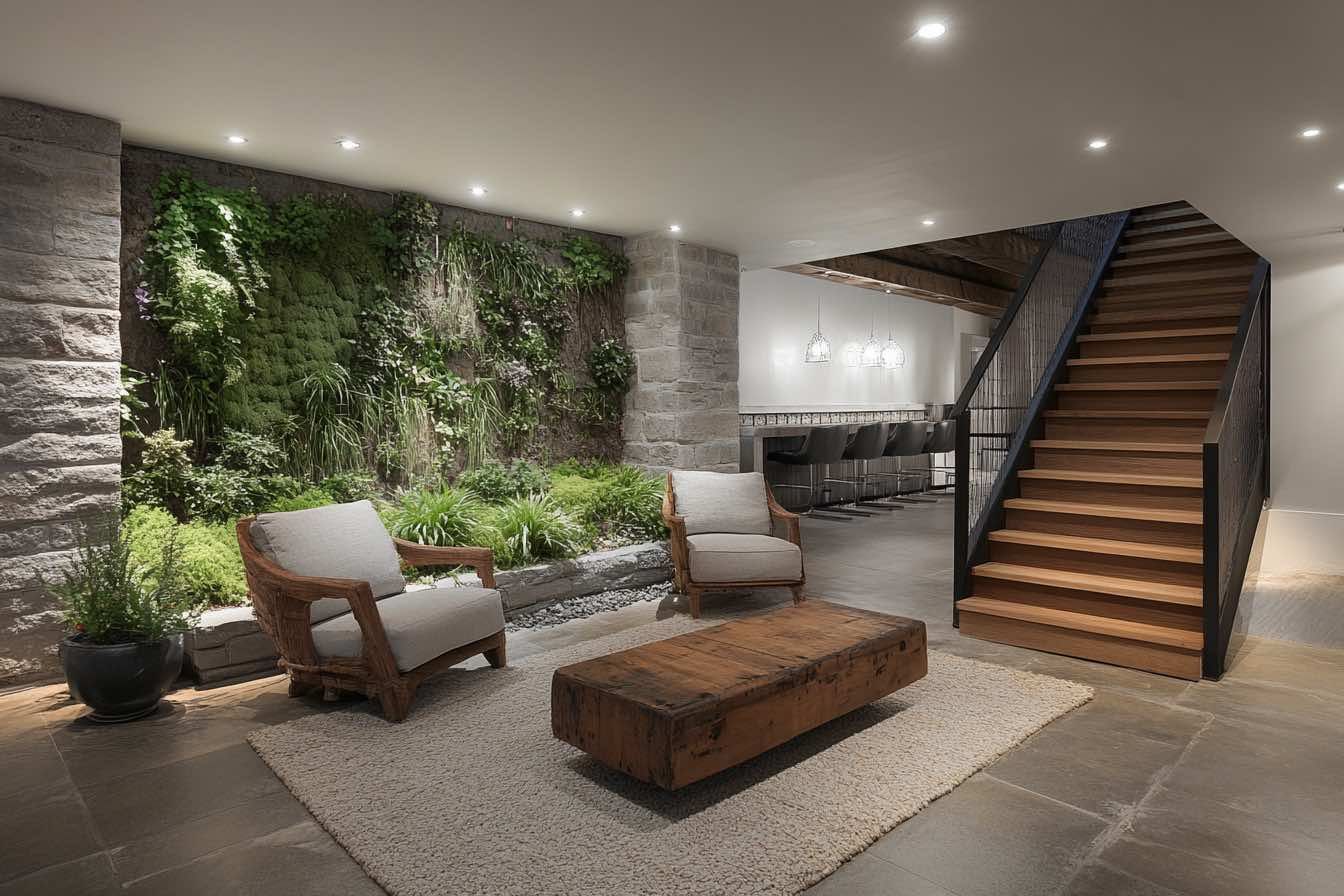



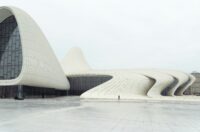
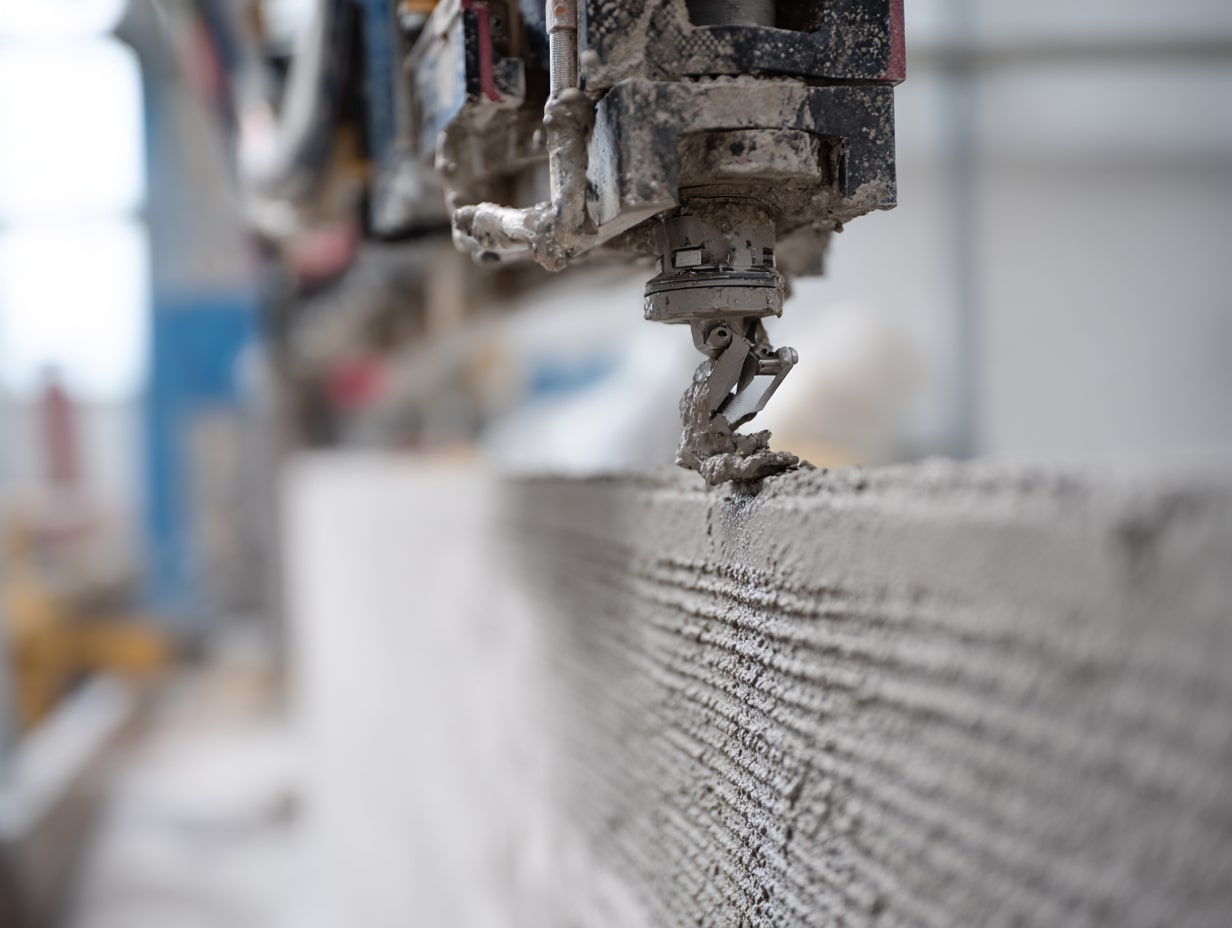



Leave a comment